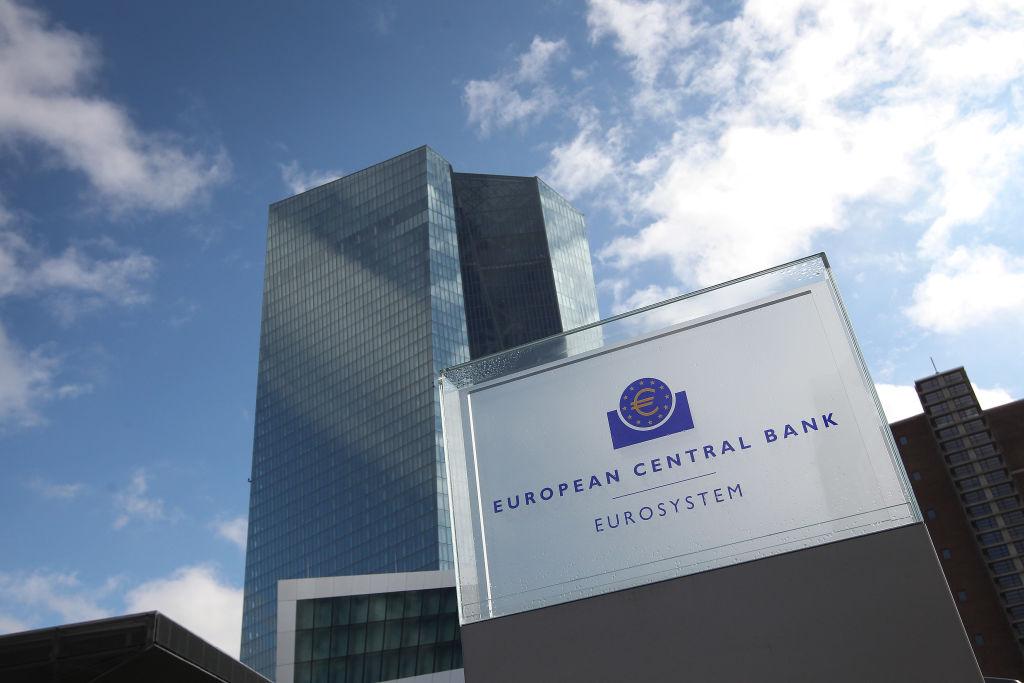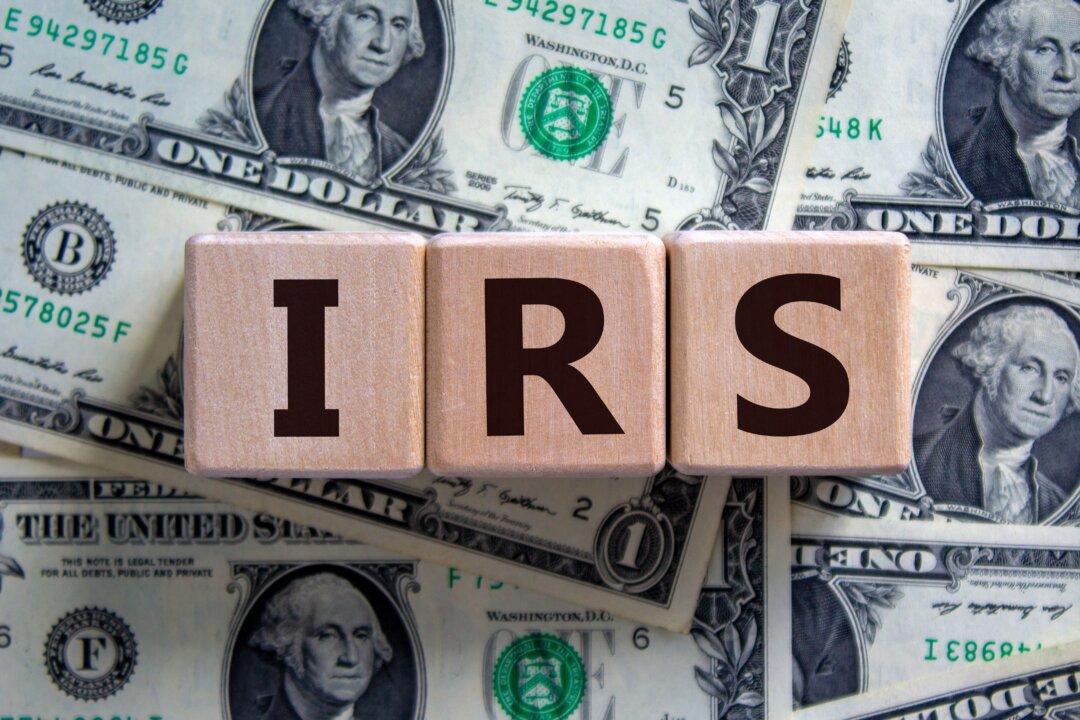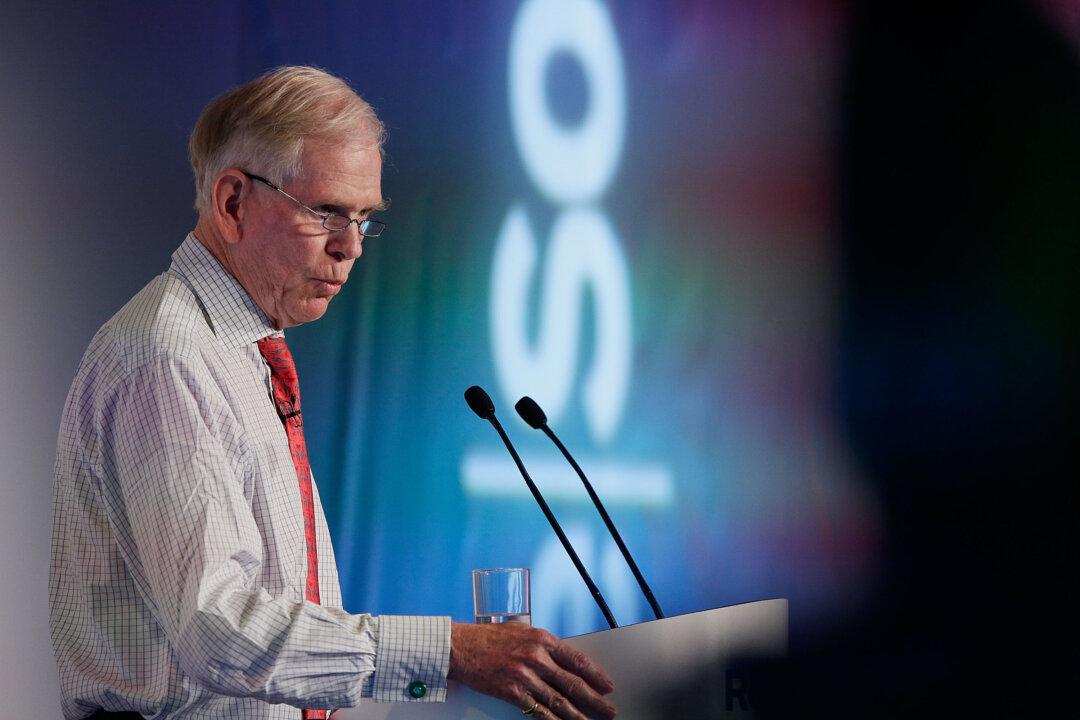The annual rate of currency inflation in the Eurozone hit a new high of 7.5 percent last month, significantly accelerating the rate of inflation and surpassing economists’ predictions, as the consequences of Russia’s invasion of Ukraine have caused prices to surge throughout Europe.
On Friday, Eurostat released its inflation statistics (pdf) for the month of March, indicating that prices throughout the 19 countries constituting the Eurozone grew by a new record of 7.5 percent in the past year, significantly higher than February’s rate of 5.9 percent. March’s results surpassed the European Central Bank’s projections, which predicted an annual inflation rate of 6.6 percent.





